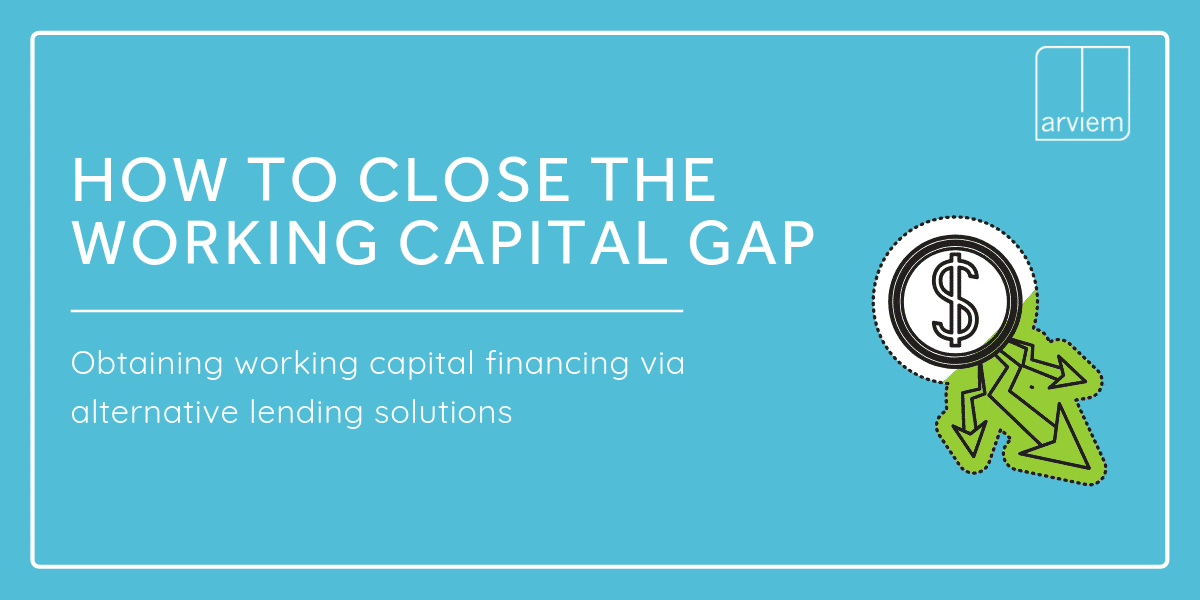If you were a bakery around the next corner, you would be selling your bread or sandwiches just over the counter. You will see and talk to the person just in front of you and you would immediately get the money for your product sold.
You know the buyer, you trust him because you immediately get the money and there is not much risk involved.
If you were an exporter/seller and your buyer is thousands of kilometers away, the situation may look different. Each party tries to reduce its risk.
The buyer might tell you, that he will not pay any invoice before he has not received the product in good quality. And you might tell the buyer, that you will not ship anything, before you have not received the money.
Banks address this dilemma with supply chain/trade-financing, a financial service that has been invented already several hundred years ago.
You, as the seller, don’t want your foreign receivables sitting out there for months doing nothing. It is your working capital and therefore you are looking to fund your receivables.
Besides the traditional company financing through banks, some banks are willing to finance your supply chain. The risk itself is not gone, but for a fee the bank will take over this risk for you. To minimize the risk, the bank will only finance your supply chain based on certain securities. Such securities could be
- a signed contract between you and the buyer (e.g. 5% financing)
- a purchase order over a certain amount of your products (e.g. 10% financing)
- the bill of lading at the moment the product is shipped (e.g. 20% financing)
- confirmation from the logistics company, that the products have been delivered (e.g. 40% financing)
- product acceptance confirmation from the buyer (e.g. 25% financing)
Cargo monitoring could increase the value of such securities.
- Knowing for sure, that cargo has left and knowing exactly where the cargo is and its precise Estimated Time of Arrival (ETA) could increase the financing from e.g. 20% to 30%.
- Getting real-time information about the arrival of the cargo and a confirmation, that no intrusion has happened and all the cargo is still there, could increase the financing from e.g. 40% to 45%.
- If in addition the condition of the cargo is monitored and the likelihood of damaged cargo can be decreased, the 40% financing at the time of arrival could even be increased to e.g. 55%.
Thanks to cargo monitoring, the supply chain financing could be further optimized and a direct benefit for the seller in the hundreds could be achieved.


